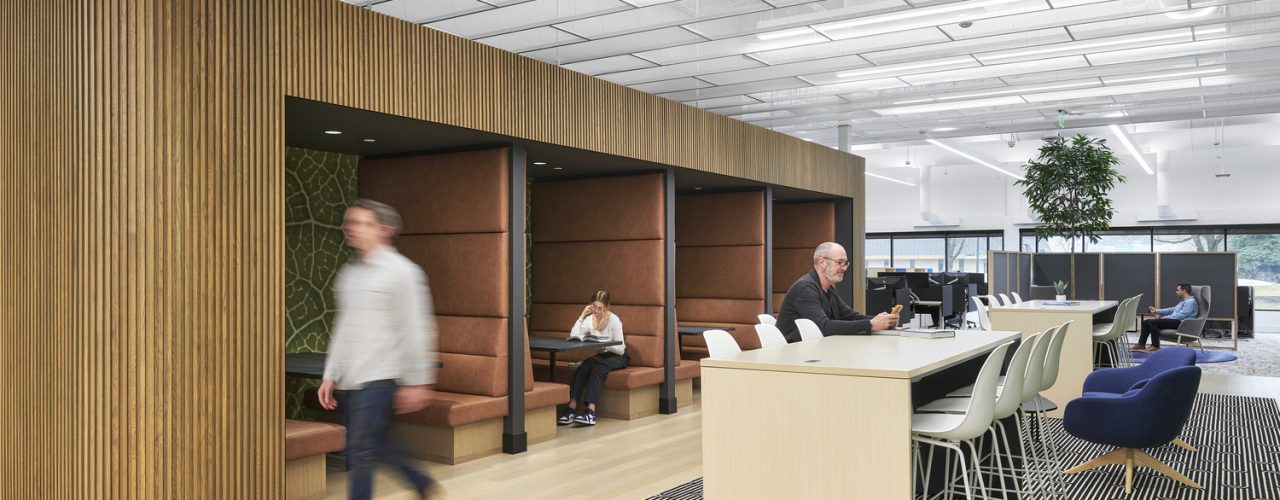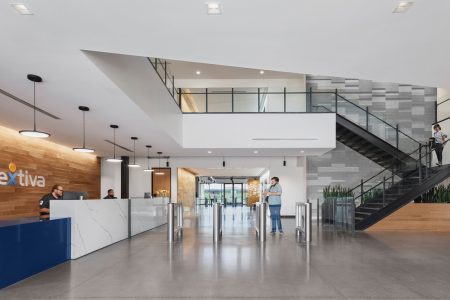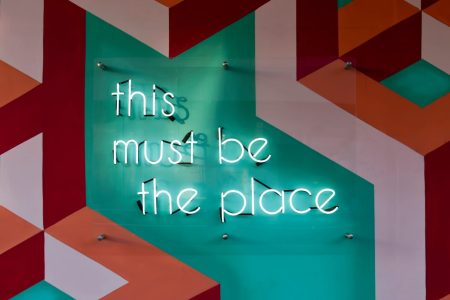This is the Moment for Activity-Based Work

Workplace Strategist explains how activity-based work should redefine the hybrid workplace in a post-COVID world.
We are at a crossroads. Forty hours a week in an office no longer meets the needs of most knowledge workers. At the same time, many of these same workers are missing connections with colleagues and the culture of their organizations. A physical workplace is still the best way to facilitate this connection with culture and each other.
If you’re wondering what that means for your organization, it’s time to redefine the purpose of your workplace. First, determine what work activities your employees need and want to complete in – and out – of the office. The purpose of your workplace will become clearer with a deeper understanding of the work your employees do. That also makes it easier to support their work in the best possible way. This human-centered approach to design is critical as we collectively figure out the new hybrid work model.
Many companies are moving towards a hybrid model, where employees will come into the office a few days a week and work remote on the other days. The challenge, then, is to create solutions to support this behavior. I believe strongly that an activity-based work strategy is one of the best solutions – it can help meet the needs of a hybrid workforce with an “on-demand” workplace model.
ACTIVITY-BASED WORK—OWNERSHIP VERSUS MEMBERSHIP
Activity-based working (ABW) is a workplace strategy that provides employees with flexibility and a choice of settings to support a variety of work activities throughout the day. In the ABW model, people are unassigned and are no longer tethered to one place to get their work done. Think of it as space on-demand: by shifting one’s mindset from an ownership model of space to a membership model, it allows employees to select the best place in which to complete the task at hand. Leesman research shows that when employees have flexibility and choice, they are more satisfied and more productive at work. And “at work” may mean at the office, home, a coffee shop – anywhere.
When I lead clients through behavioral change from traditional working to ABW, I tell them to imagine going into the office and instead of going directly to their desk or office, go to their locker or team neighborhood. First, they look at their phone and consider what activity they need to accomplish while in the workplace. Then, they choose the best place to complete the task at hand. At home, employees decide whether to head into the office at all based on what they need to do and who they need to see. Veldhoen + Company says ABW gives people “the freedom to choose when, where, how, and with whom they work.” And indeed, when you think about picking a space to support your activity, that is when you have started the mindset shift of working in a new, activity-based way.
IS ACTIVITY-BASED WORK RIGHT FOR YOUR ORGANIZATION?
If you are reconsidering the purpose of your workplace, now is the time to gather feedback from employees on what they value. What activities do they do each day? Where are they most productive? Do they do their best work in the office, at home or somewhere else? ABW is an approach that allows organizations to meet the shifting and sometimes complex needs of the knowledge workforce. Each department within an organization often has its own cultural norms. A deeper understanding of each group can provide the foundation for more effective ways of working.
ABW is not the only workplace solution, but it’s a powerful strategy that teaches people to move away from a one-size-fits-all mindset and work in new ways. It empowers people with organizational trust, technology and a variety of spaces to do their best work.



